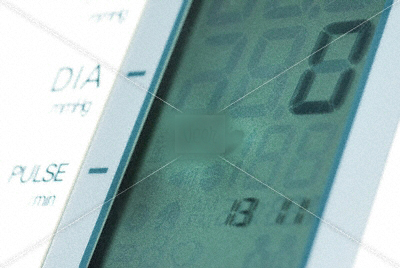Type 1 Diabetes: Key Messages
- Significant reductions in hemoglobin A1c (HbA1c) are reported frequently enough to support claims that home telehealth can be as or more effective than usual care in improving glycemic control. However, many studies that do not report significant differences between telehealth and usual care. In short, there is strong evidence that home telehealth can be very effective in some circumstances, but it is not clear precisely what those circumstances are. There is no evidence that it is inferior to usual care.
- In some studies, home telehealth has significantly improved quality of life.
- Uptake is highly variable, but patients appear generally accepting of home telehealth technology. No reports of negative patient experiences were found.
- Patients can derive considerable time savings from the use of home telehealth for medical appointments.
- The time commitments required of providers appear comparatively low. Patient-provider communication tends to occur weekly or bi-weekly rather than on a daily basis. Contacts are usually pre-arranged, which may simplify health human resource planning.
- Few economic analyses of home telehealth were found, and none took place in Canada. Findings were mixed. It should be noted that many of the healthcare costs associated with type 1 diabetes arise from long-term complications rather than daily management needs. It is possible that cost savings and reductions in service use – should they occur – should not be expected from the short-term studies that dominate the literature. Whether home telehealth can reduce complication rates remains to be seen. However, findings of short-term improvements in glycemic control have promising implications.
Posted in Key Messages, Type 1 Diabetes | Tagged with
